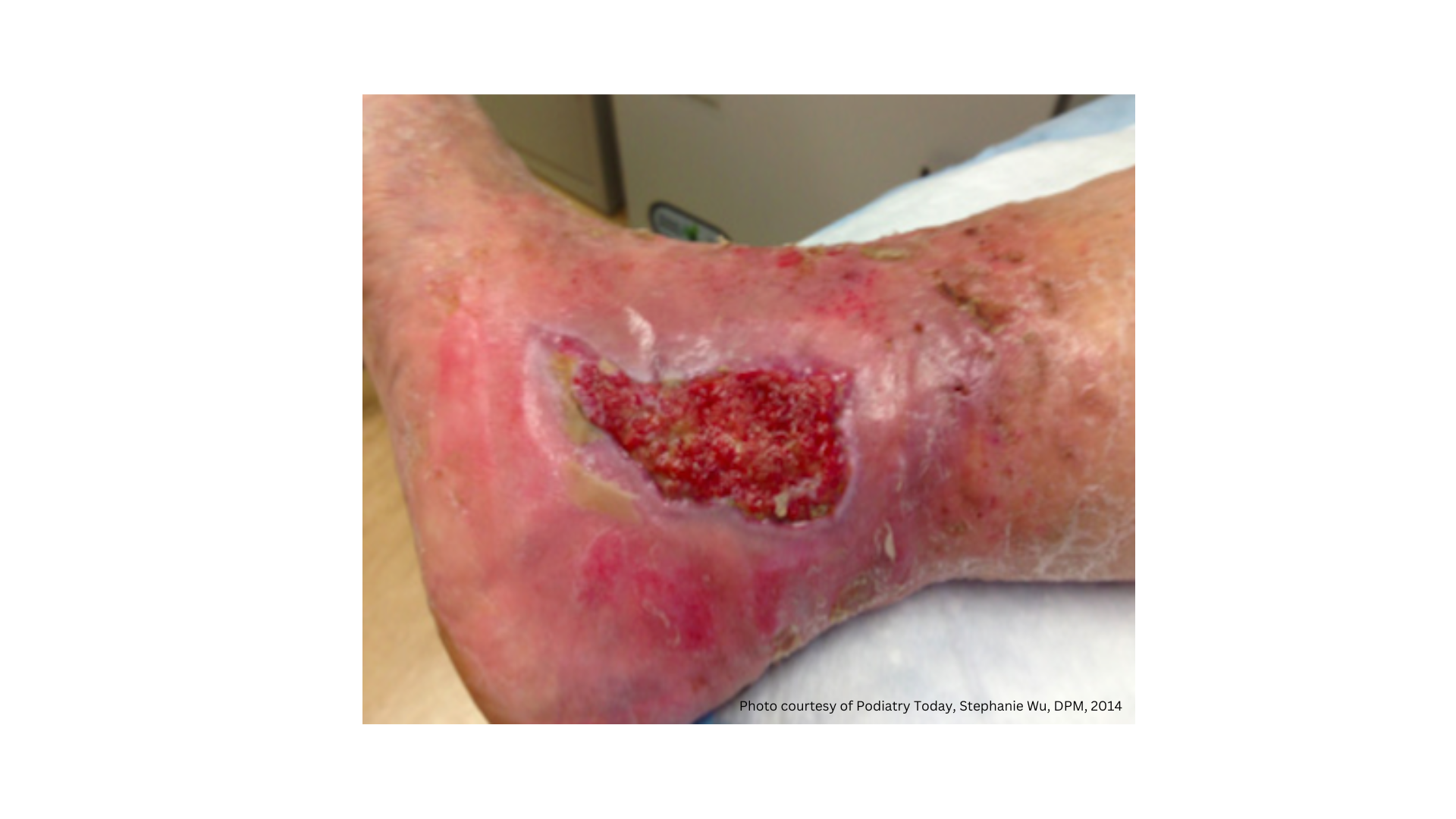Sweet Treatments: One Experience Using Honey on Wounds
May 12, 2016
How often have you thought about using honey in a wound dressing? Never? In twenty years of wound care, honey was always something that could be used – sometimes by itself on a wound, or sometimes with other dressing material used on a wound.
If you stay current, you are certainly aware of the numerous dressing formats available on the market that contain Manuka honey.
The Beneficial Properties of Honey
Manuka honey comes from New Zealand and it is a good honey, but can be very expensive and based on my experience, may not be the only honey that will work on wounds. From the research conducted on Manuka honey, we have learned a lot about how antibacterial honey is and how it can even be effective against MRSA. How does honey work? There are five ways that honey can kill germs. The most potent way is with a combination of hydrogen peroxide and polyphenols that oxidize the bacterial cell and DNA degradation. Then there is methylglyoxal (MGO), an antibacterial found only in Manuka honey. Then, honey has a low pH of 3.5 which does not allow bacteria to thrive, and honey has lots of sugar, so there is little water, plus honey is hygroscopic and absorbs moisture. The fifth way, most recently discovered, is bee-derived defensin-1, a protein that is antibacterial.
Introducing Honey Into Your Wound Care Practice
If you choose to introduce honey into your practice, you don’t want to use store-bought honey. I recommend using a raw honey produced in the area you are working in. For us in Cincinnati, we bought raw honey from an organic farm just to the north of our city so we were getting raw Ohio honey for our Ohio patients. This makes sense, since honey is used around the world and has been for centuries. People in each location use the honey from their location. Once I was treating a patient at our homeless shelter in downtown Cincinnati and I offered him honey for his wound. He was thrilled because when he was overseas in the service he had been treated with honey there, so he was happy to get this treatment for his wound here. The next week I asked him where his honey was and he said “oh, I ate it” – a side benefit of honey you can’t get with other wound treatments. In our office, we kept both Ohio honey and Manuka honey on hand in jars. Usually we used the Ohio honey, but sometimes the Manuka seemed to be a better fit, as it is much thicker and more potent, but both honeys worked wonderfully well from my experience. The Manuka honey was ten times more expensive than the Ohio honey.
So honey is a wonderful additive that is easy to add to your wound treatment armory. We always used it in our practice if we thought we had an infection present. Patients love the honey. Many will come in already using honey. They love it because it is “natural”, and that it is. To use it, you just put some on your dressing that will go on the wound. Don’t use too much, or you will be flooded in honey. This dressing can be changed every few days. Honey is also great as a deodorizer. I frequently used honey on gangrenous or necrotic tissue to help control/reduce the wound odor, usually applying honey daily. I cannot tell how many wounds were healed or improved with the use of honey.
If you haven’t tried honey in wound treatment, I encourage you to try it. You will be very pleased. Even if you don’t think you could use honey in a jar, you can try some of Manuka honey products available on the market to get a sense of what honey can do. It is a sweet way to treat wounds.
About The Author
Aletha Tippett, MD is a family medicine and wound care expert, founder and president of the Hope of Healing Foundation®, family physician, and international speaker on wound care.
The views and opinions expressed in this content are solely those of the contributor, and do not represent the views of WoundSource, HMP Global, its affiliates, or subsidiary companies.











